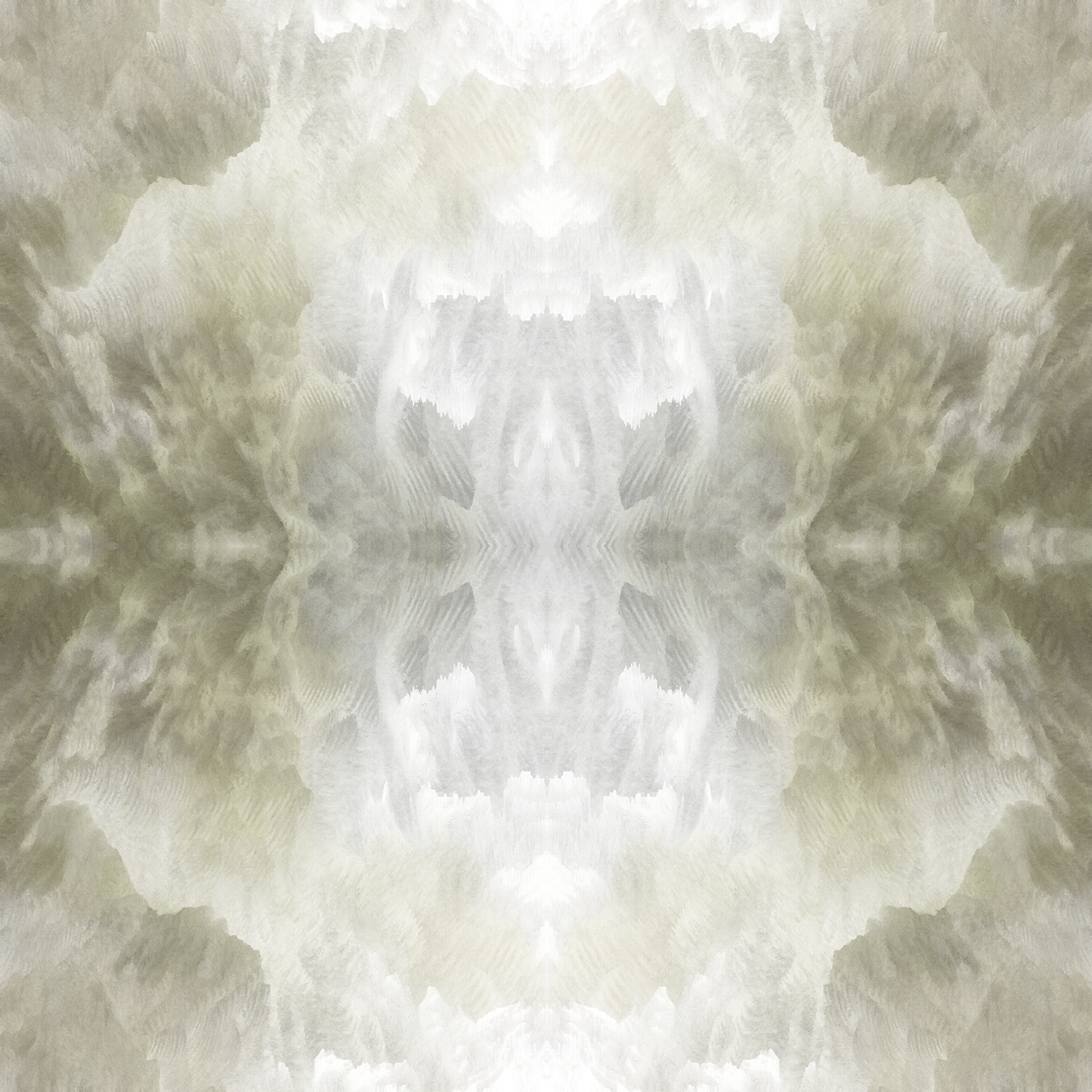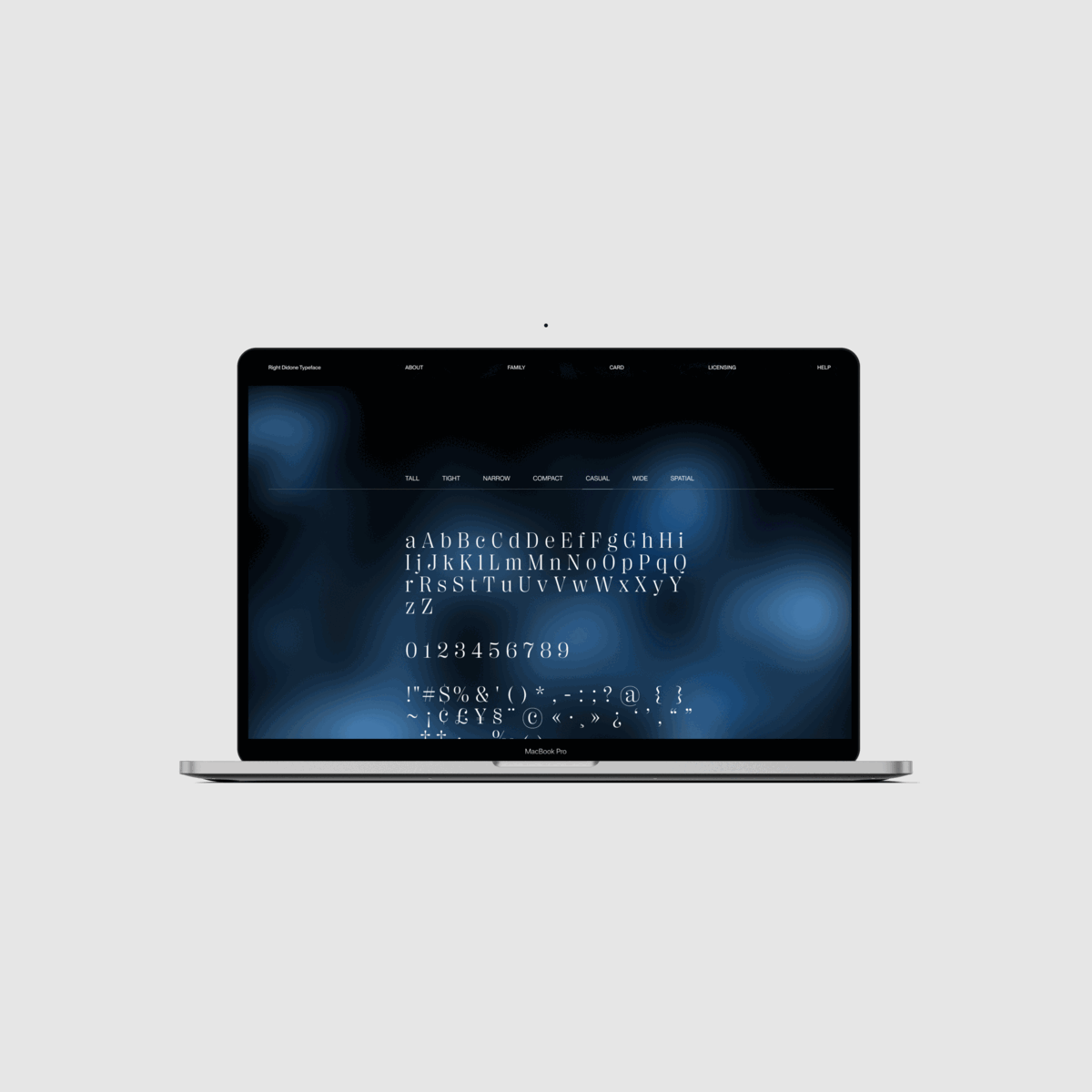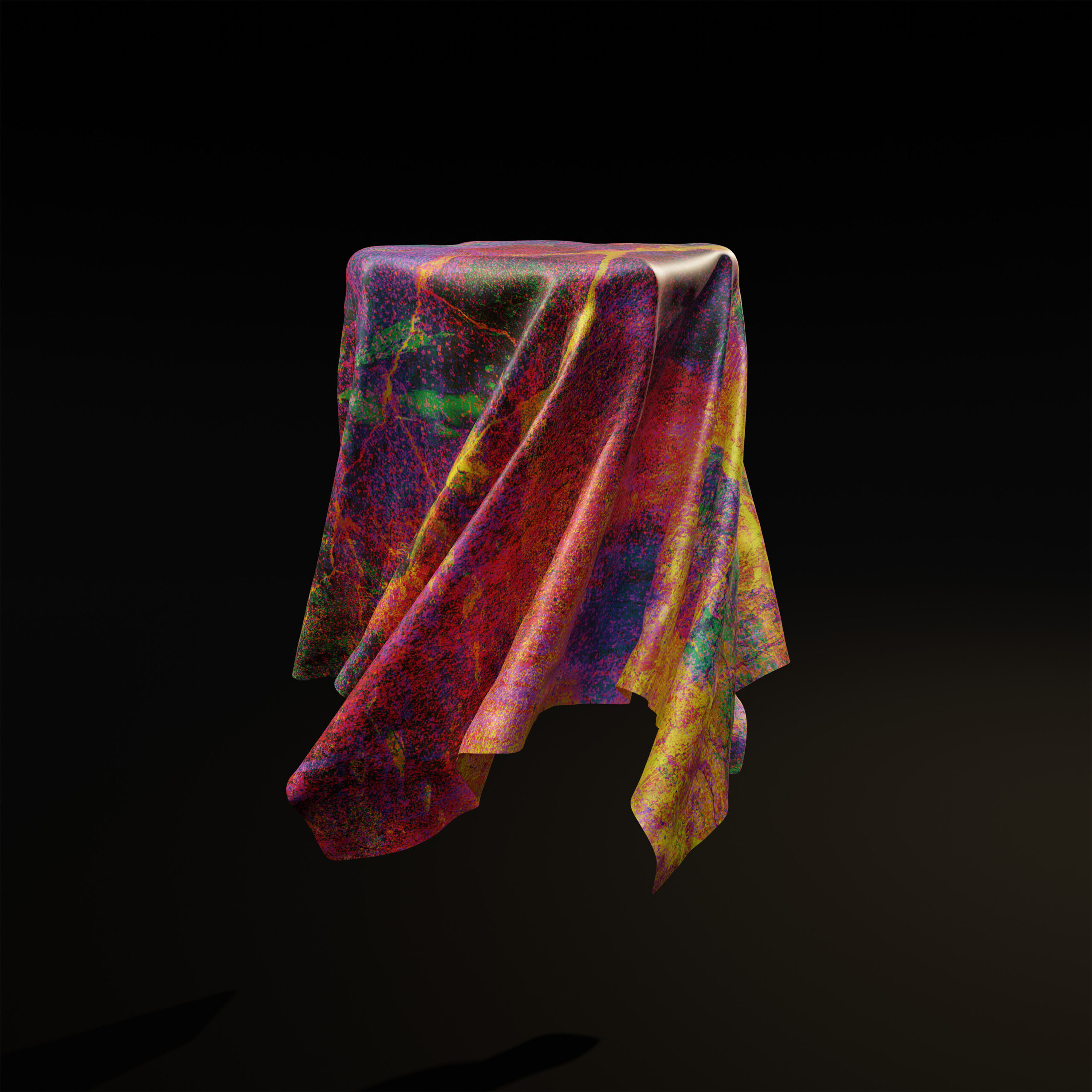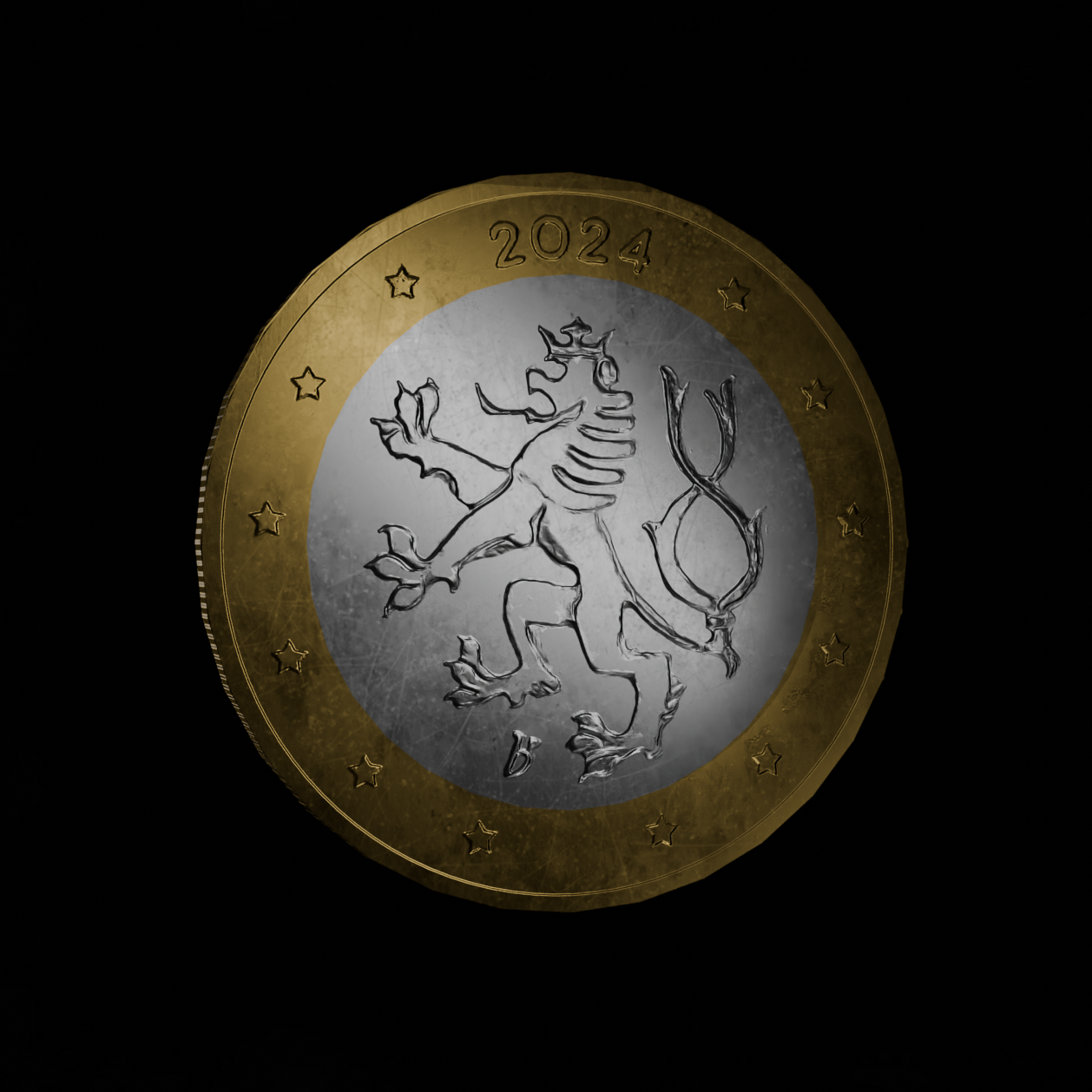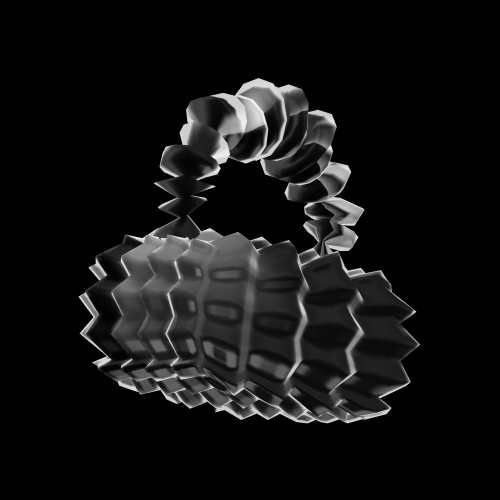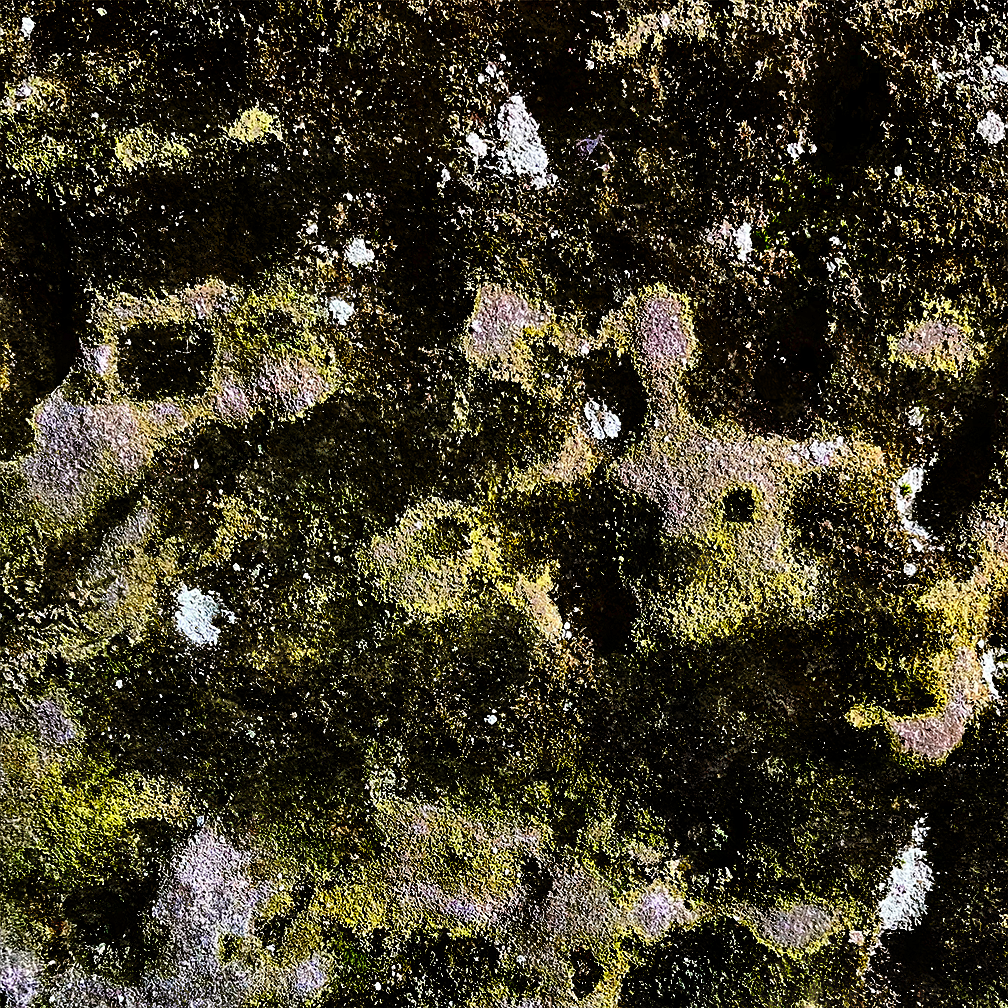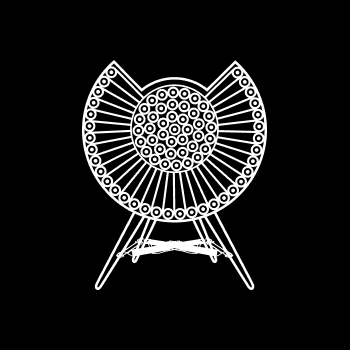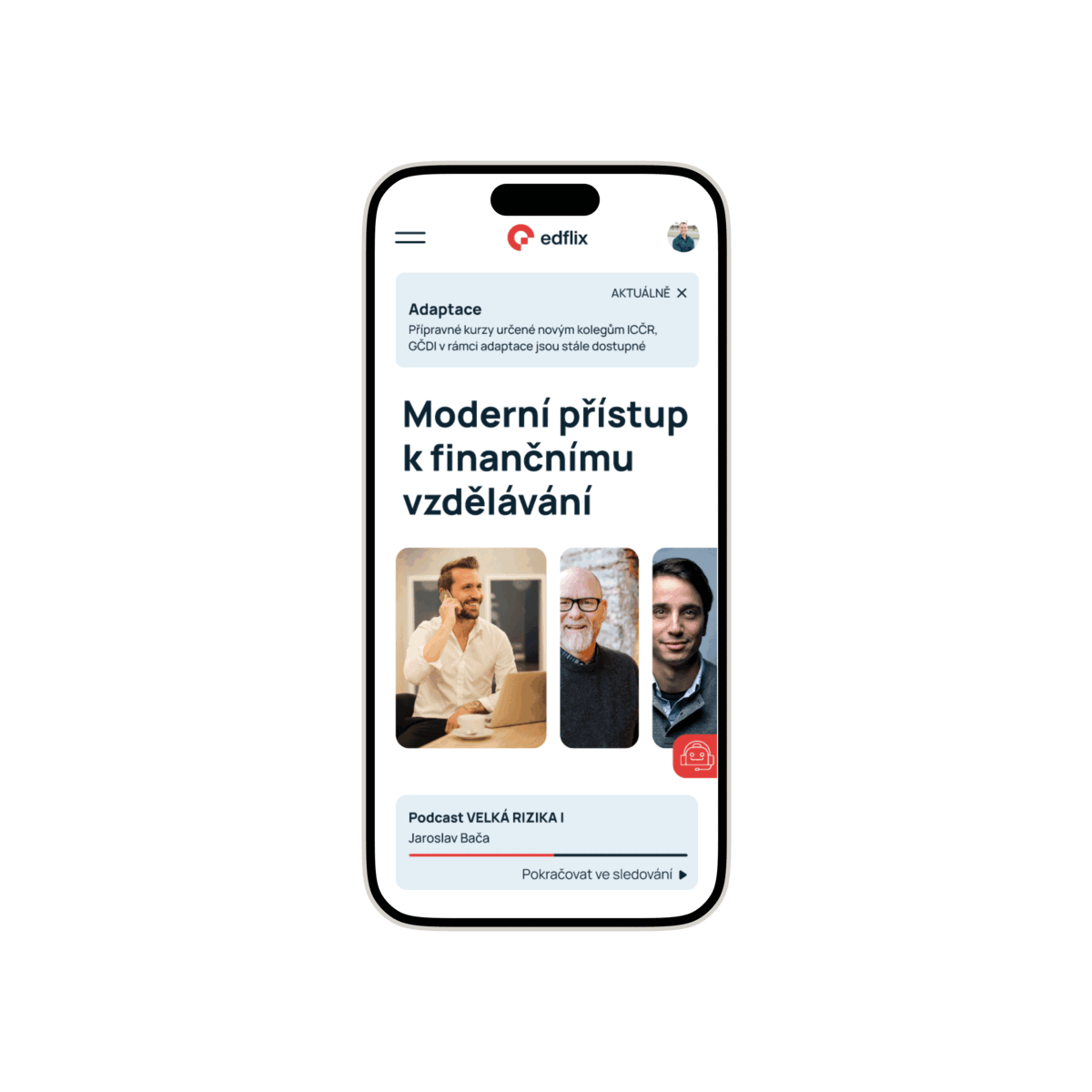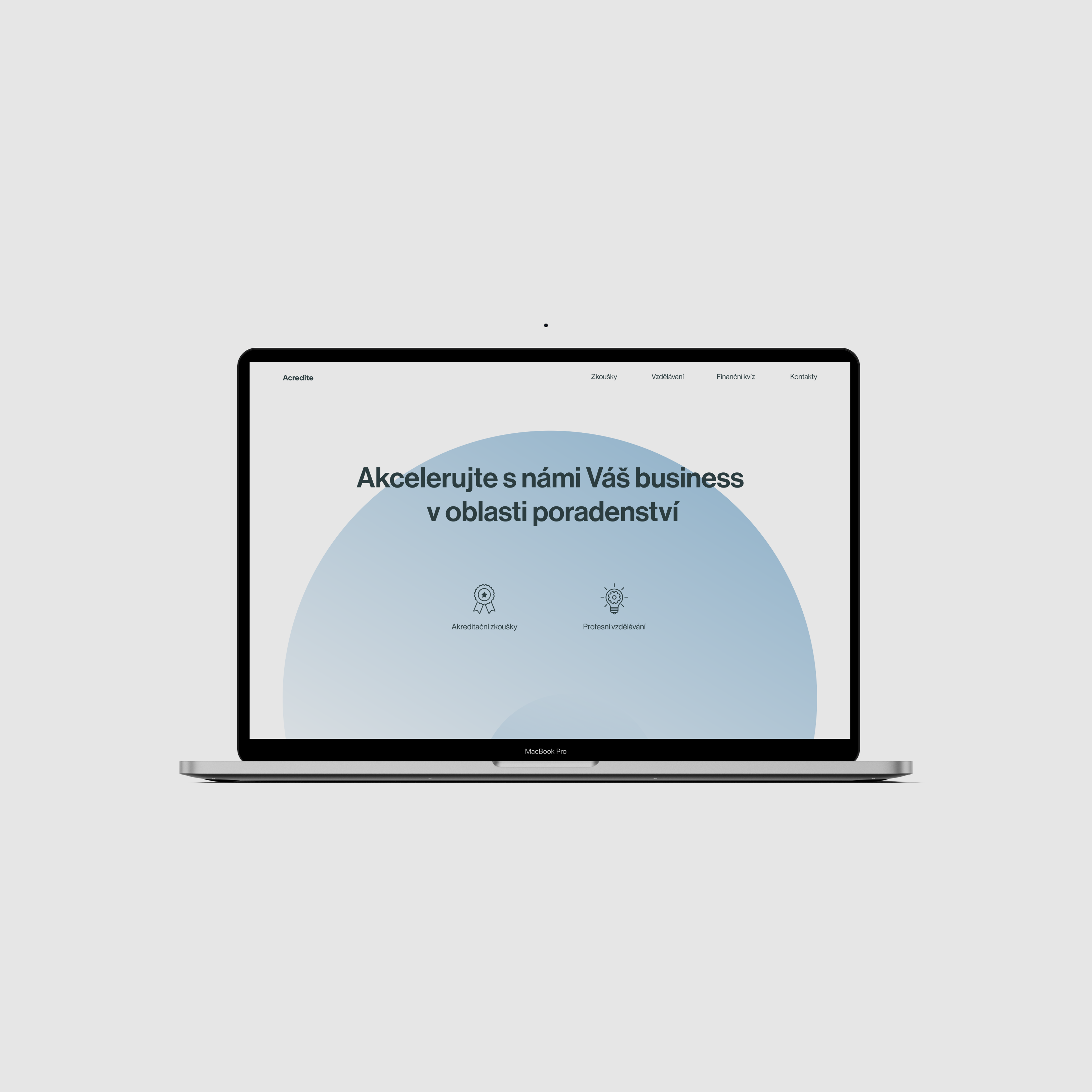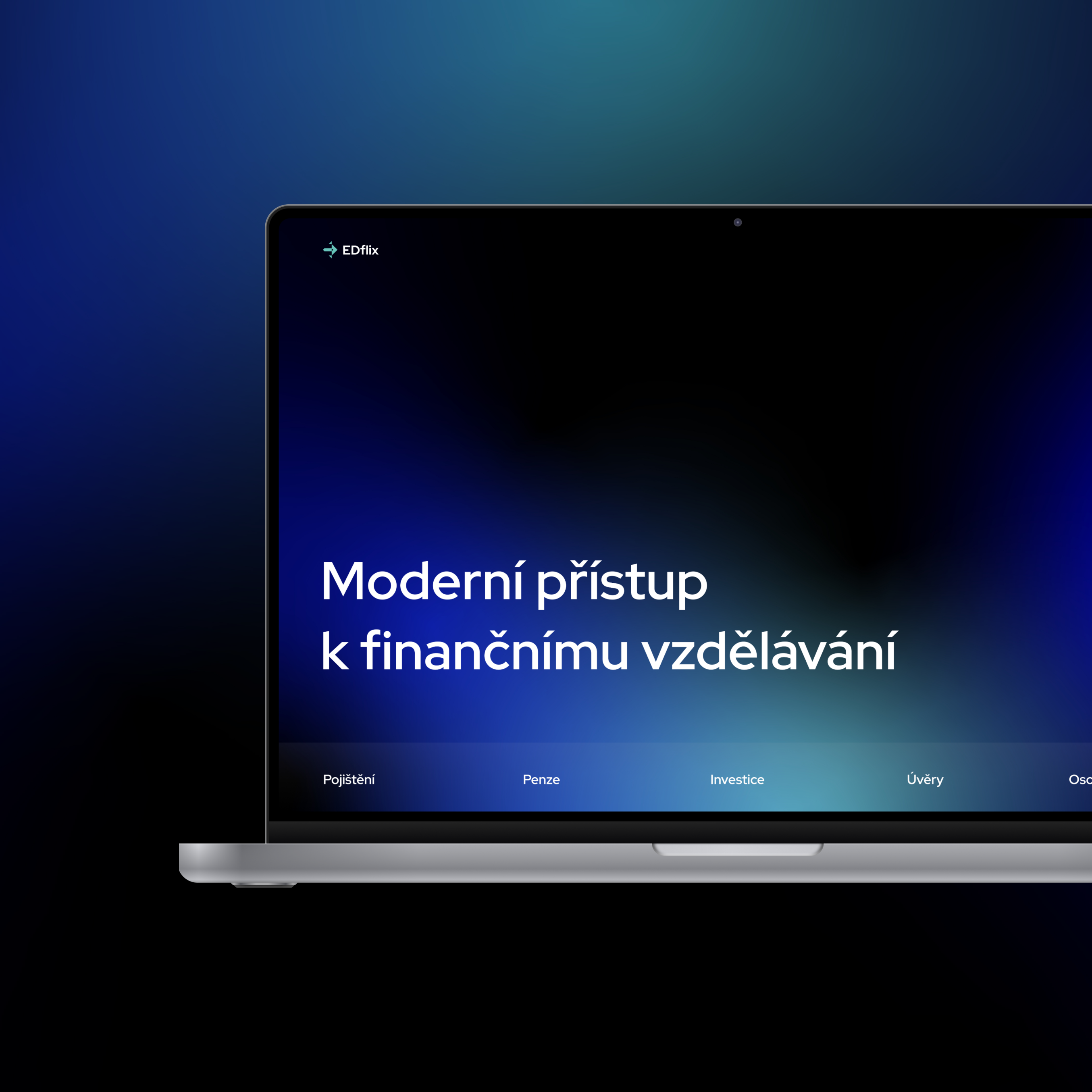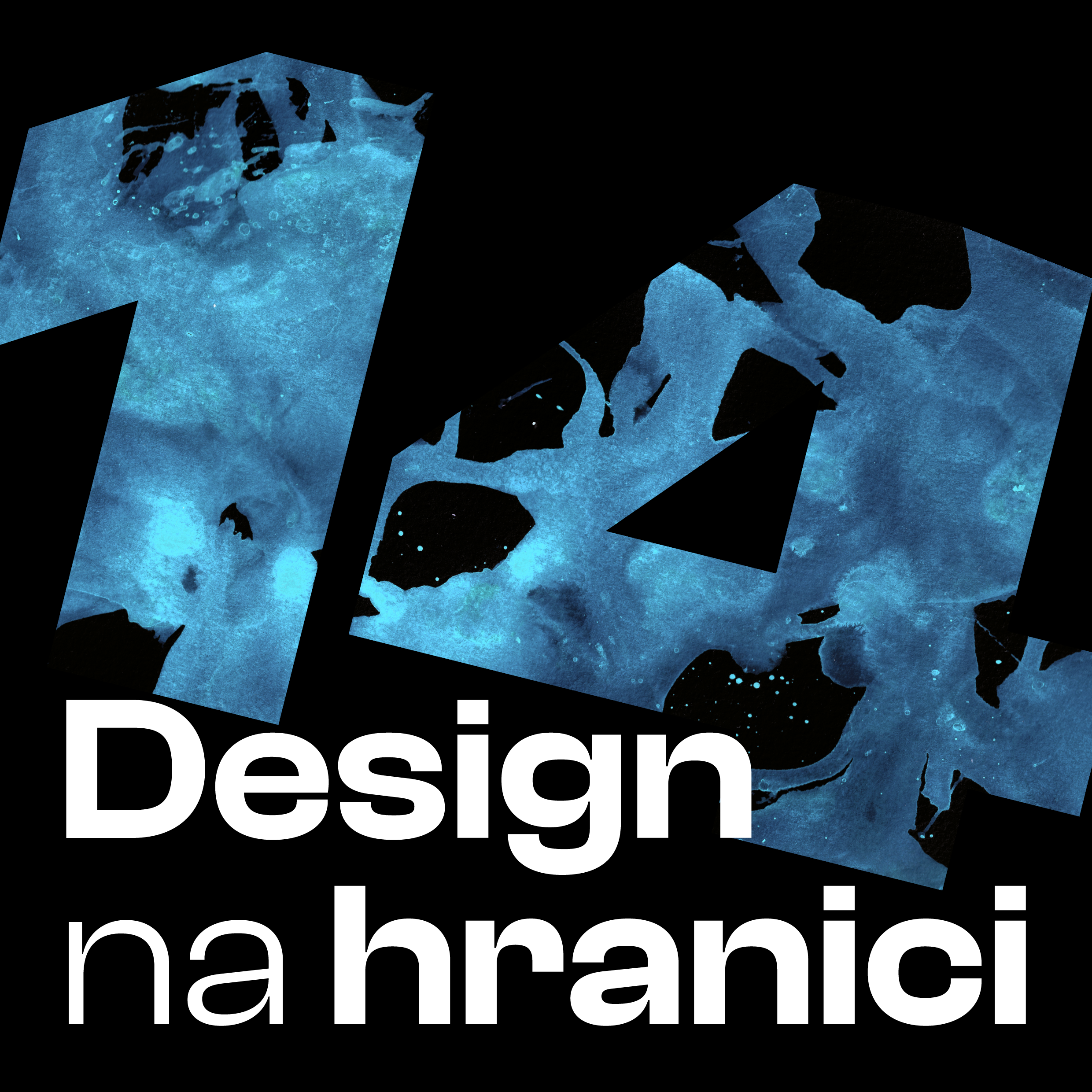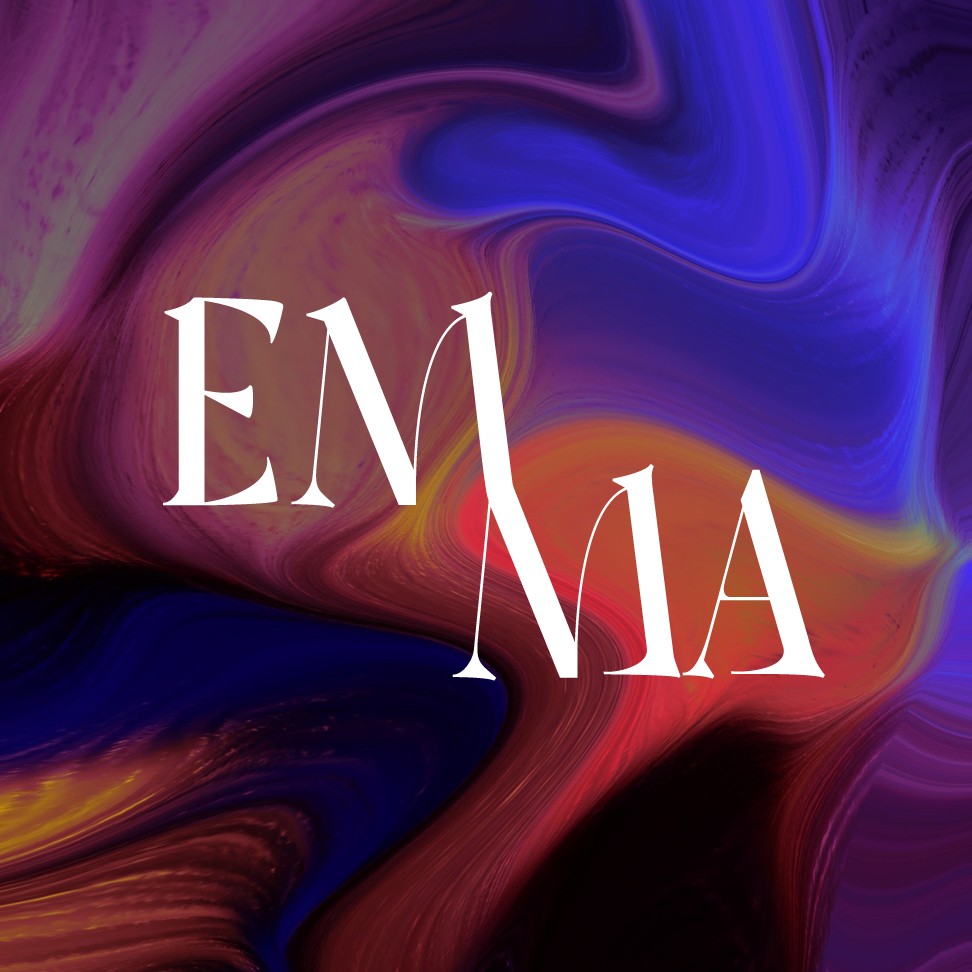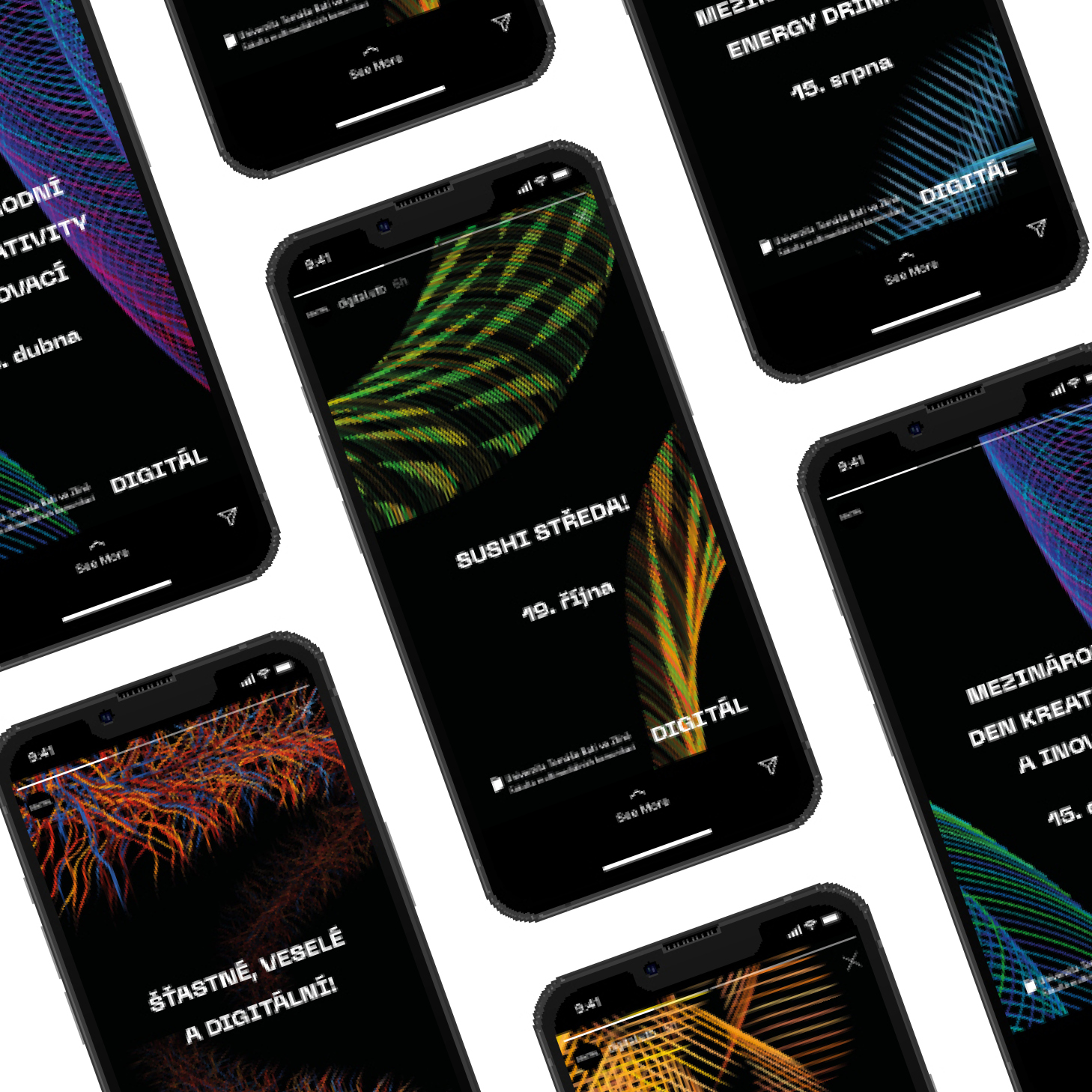The bachelor thesis explores different approaches to abstract visual representations and their influence on the perception of the recipient. It explores which aspects attract the viewer, which ones disturb him, what emotions and associations they evoke in him and what they perceive as their value. The practical part of the work involves the use of both digital and analogue techniques with an emphasis on a wide range of methods. It explores the process of creating and mastering new approaches/methods in abstract composition, color and the overall concept of the work. Outputs include still images reproduced on textile media, digital animations and infographics.

The main goal was to produce a wide range of abstract paintings using traditional but also non-traditional and more experimental techniques – from painting with acrylics, to dripping with alcohol ink, to working with objects not intended for artistic activity.
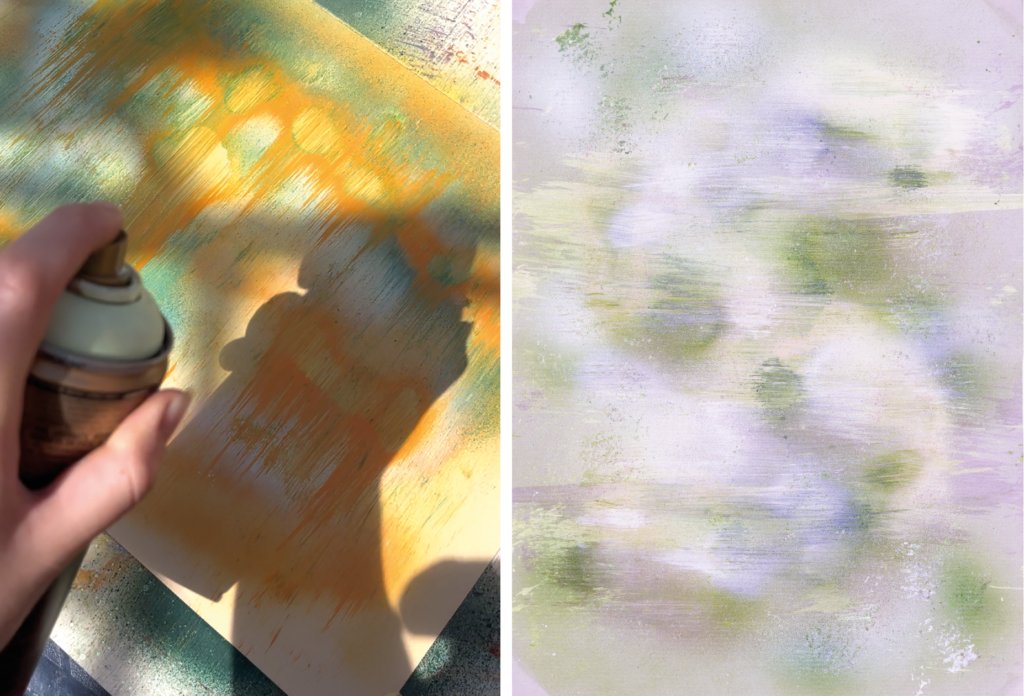
The intention was not only to stick to handmade art techniques, but also to apply my existing experience with computer software and to produce digital projects. However, this digital creation required a great deal of new skills. I was challenged with learning about new programs, such as the generative art tool TouchDesigner.
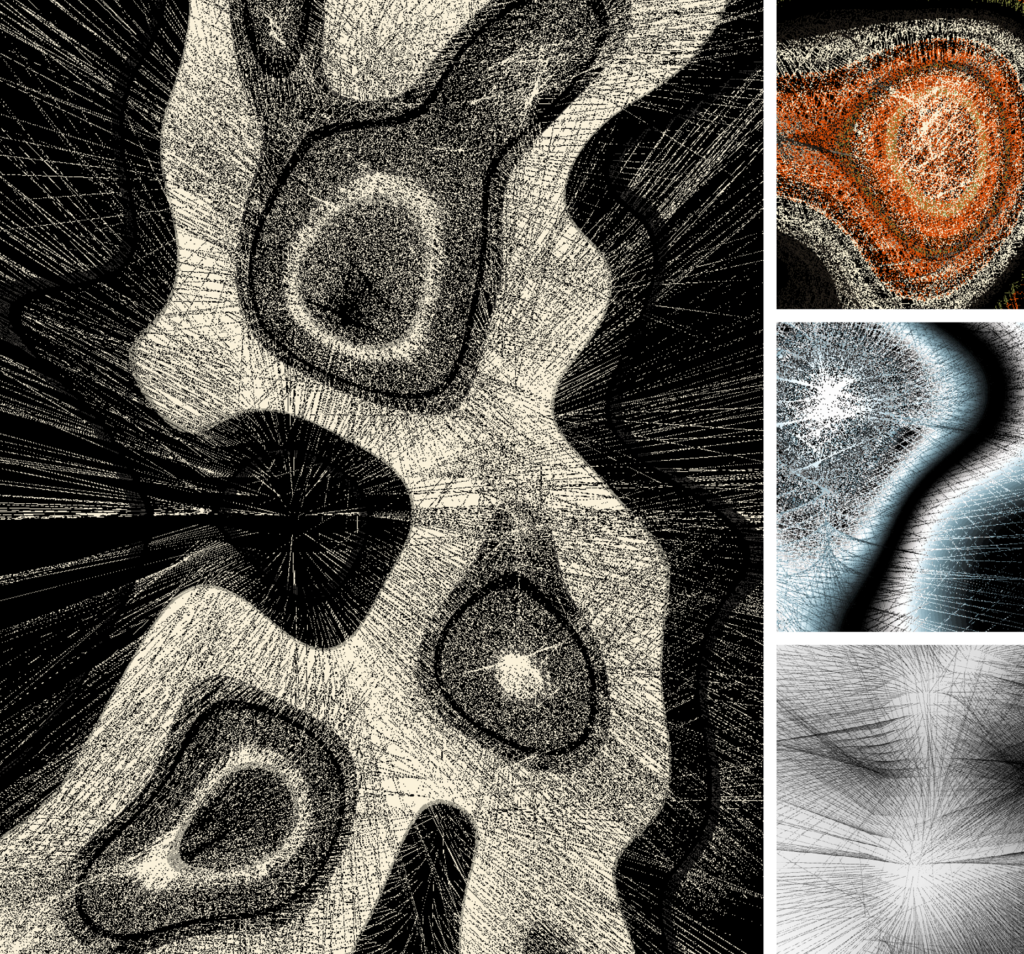
The resulting abstractions are then used for other purposes, for example as wall paintings made of heavy textiles or as scarves made of light chiffon and satin, or as digital animations evoking a certain atmosphere.
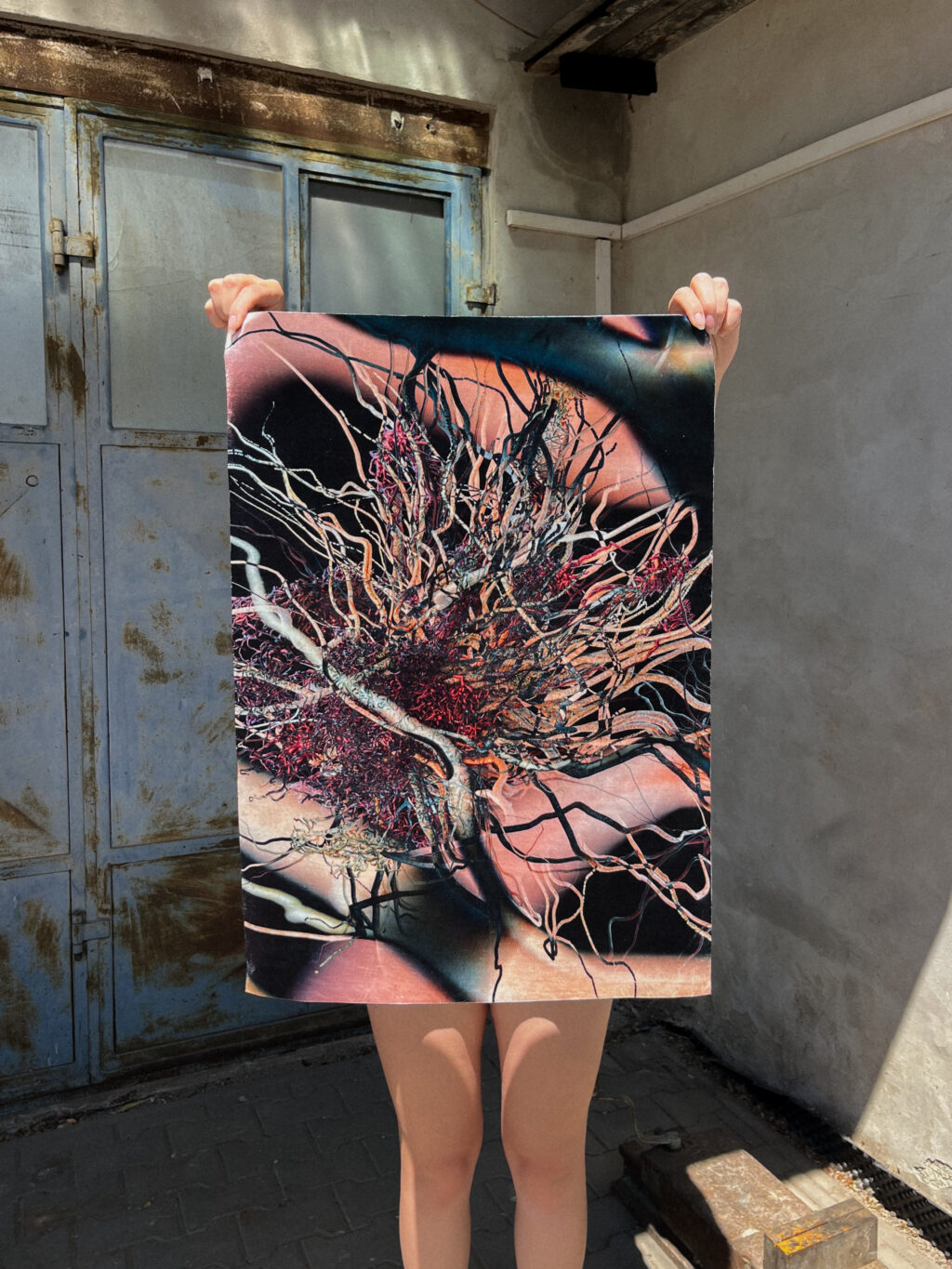
In the research part, I formed a questionnaire to further understand what is going on in our minds when we look at abstract images. The purpose of this analysis was to see if my assumptions about the perception of this type of images were true. The questionnaire took the form of interviews with 27 respondents from different countries. Their reactions and emotions are reflected in detail in more than 14 hours of recorded interviews. These findings have profoundly influenced my work and its future direction.
